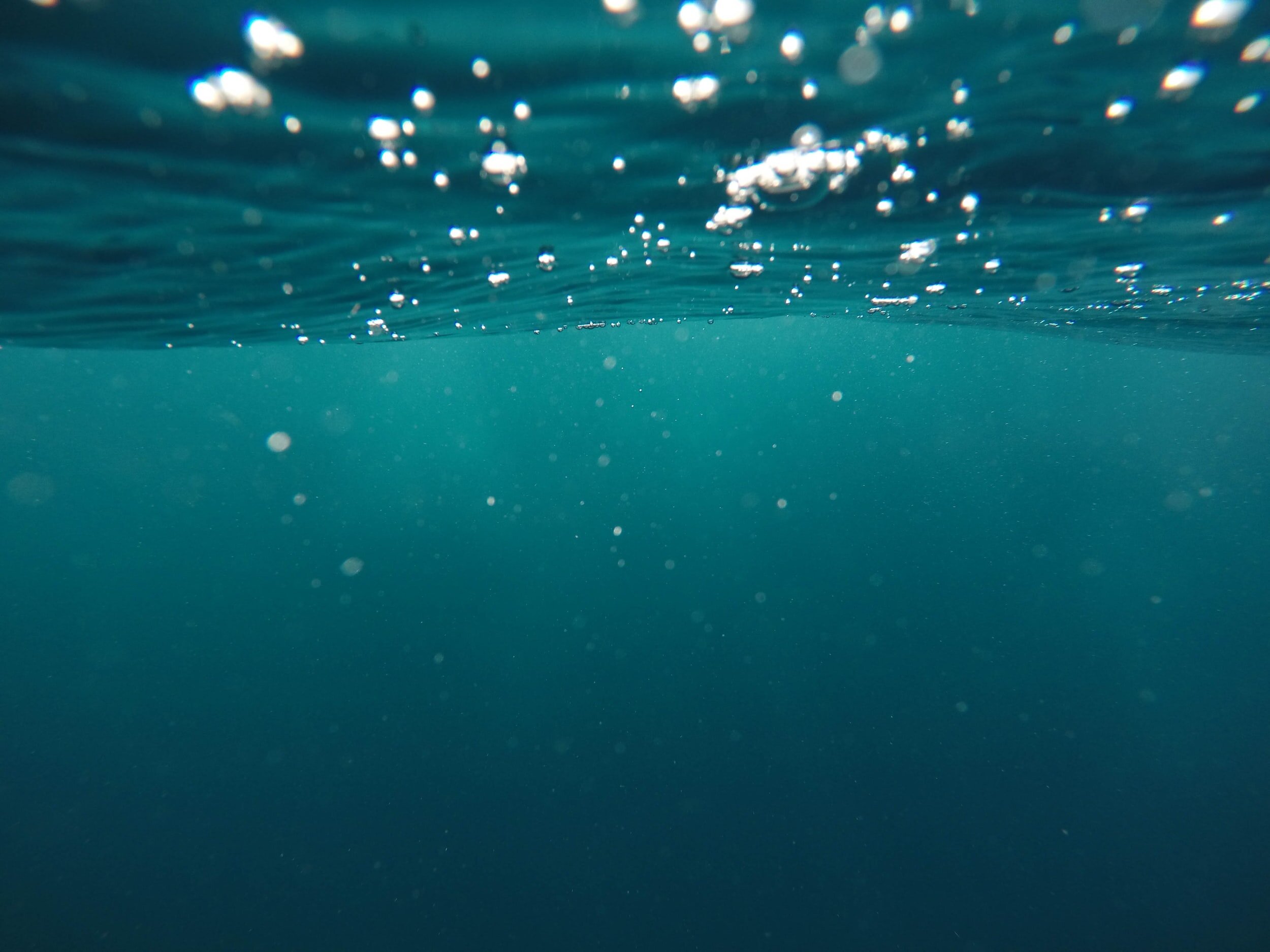
Micropollutants
Micropollutants
Micropollutants are products such as chemicals that enter the aquatic environment as a result of anthropogenic activity. These products appear within the environment well above the natural background concentrations, however, they remain in trace levels. Thousands of chemicals fall into the category of micropollutants within the environment, there are a wide variaty of micropollutants originating from many sources including synthetic compunds used throughout industrial processes as well as natural compounds such as antibiotics and oestrogens (Stamm et al., 2016).
There are a wide array of sources of this pollution including agriculture, domestic, transportation and industry to name a few, they also have many pathways in which they can enter that wider aquatic environment. The sources of pollution can act as either diffuse sources, such as throughout agricultural activity, it as point sources, such as effluent discharge from industrial activity and wastewater treatment.
Pollutants
There are a wide range of micropollutants originating from many sources, the identification of micropollutants by environmental agencies is a new and emerging area of addressing the issue of environmental pollution within water resources and how these products may be removed from the environment. The key micropollutants that have been identified as environmentally harmful products include:
Natural hormones such as Oestrogens E1, E2 & EE2
Several pesticides and herbicides including:
Methiocarb
5-neonicotinoids
Oxadiazon
Triallate
Food additives such as the antioxidant BHP
Pharmaceuticals including:
Diclofenac (anti-inflammatory)
Azithromycin (antibiotic)
Clarithromycin (antibiotic)
Erythromycin (antibiotic)
UV filters used in sun cream
Environmental Impact
Micropollutants are known to be environmentally persistant pollutants that have the potential to bioaccumulate as well as being toxic. As this is a new an emerging field of research with the potential for thousands of different micropollutants, the overall toxicity of specific pollutants must be researched further to provide definitive ecological toxicity results for many of these compounds.
The key area of assessing the environmental impact of micropollutants in the wider environment comes from pharmaceuticals, thses products enter the environment through both human and veternary use with the use of antibiotics and anti-inflamitories being extremly prevelant. These pharmaceuticals enter the environment through wastewater in relation to human usage as well as directly into the wider environment through their use in agricultural practices. The presence of pharmaceuticals within the environment is an issue of major concern, especially with antibiotics within the natural environment contributing to the development of antibiotic resistance within bacteria that are harmful for both human, biotic and environmental health. The development of antibiotic resistance could severly impact human and animal health causing illness that is much harder treat than those that are caused by non-resistant bacteria, as such there is an increased mortality rate that is linked to antibiotic resistant bacteria.
Mitigation
Micropollutants primarily enter the environment as a lack of sufficient treatment that is advanced enough to remove these harmful products. In terms of traditional water treatment, the technology and processes that are used do not remove these pollutants allowing for the spread of them to the wider environment.
In order to successfully mitigate these products it is essential to remove the posibility of the micropollutants from entering the wider environment, As such it is essential to implement more advanced treatment technology such as the use of membrane filtration technology that removes the micropollutants that are situated within untreated wastewater. By using advanced membrane filtration the micropollutants are removed from the contaminated water on a molecular level, removing the harmful compounds from the treated wastewater allowing for an environmentally safe product to enter the environment. However, the application of this technology is not wide spread, globally, as the technology used can be extremly costly requiring more maintainace than that of traditional treatment practices.
The mitigation of antibiotics within the environment can be achieved in multiple ways such as through the use of advanced membrane filtration technology, however, it is seen that the main pathway for these products entering the environment in excess comes as a result of their usage in veternary practices. This is seen with the use of antibiotics throughout the agricultural industry on livestock that is often in used in excess leading to the excretion of these products onto the surface where they can leach into groundwater resources or enter surface water as a result of overland flow. As such a method of mitigating the environmental impact of pharmaceuticals is a reduction in the excess that they are currently used in, which would lead to a further reduction in the concentrations of these pollutants in the wider environment.
Bibliography
Stamm, C., Räsänen, K., Burdon, F., Altermatt, F., Jokela, J., Joss, A., Ackermann, M. and Eggen, R., 2016. Unravelling the Impacts of Micropollutants in Aquatic Ecosystems. Advances in Ecological Research, pp.183-223.
